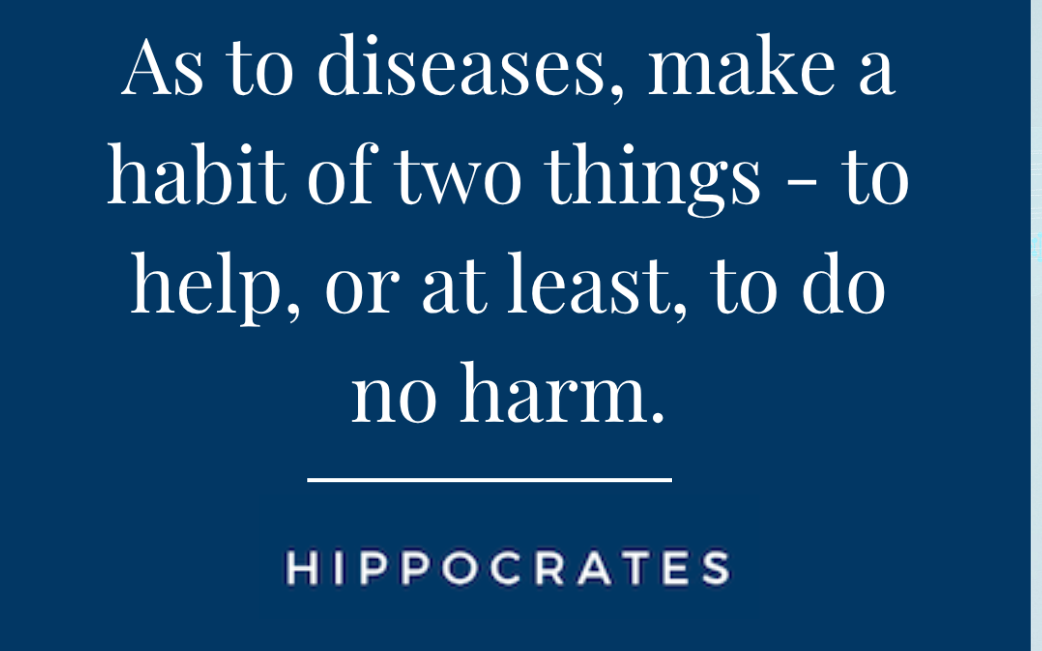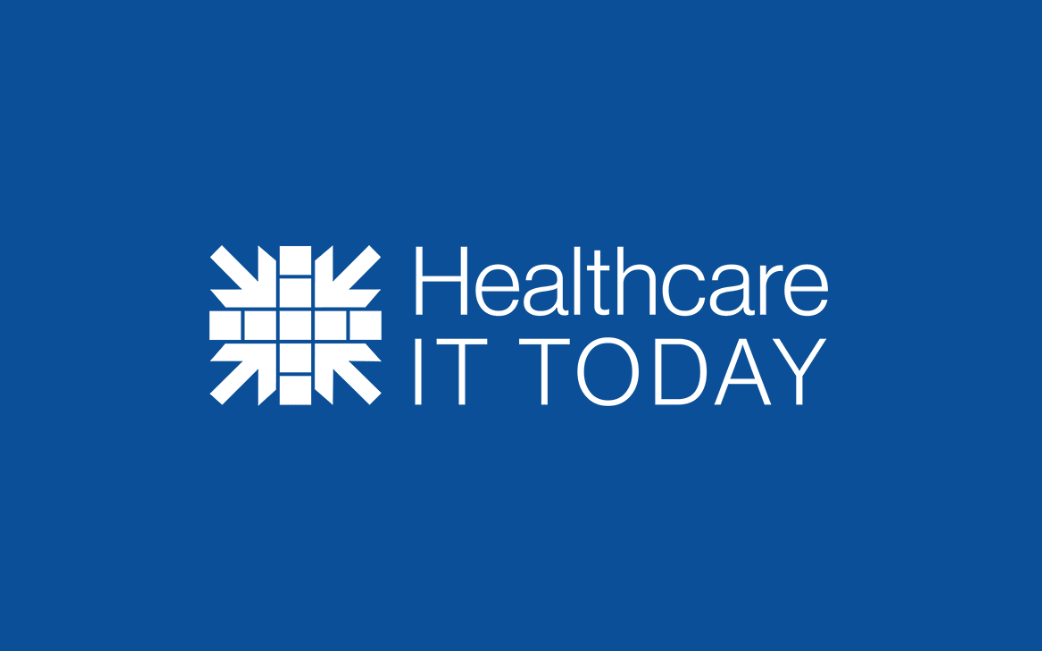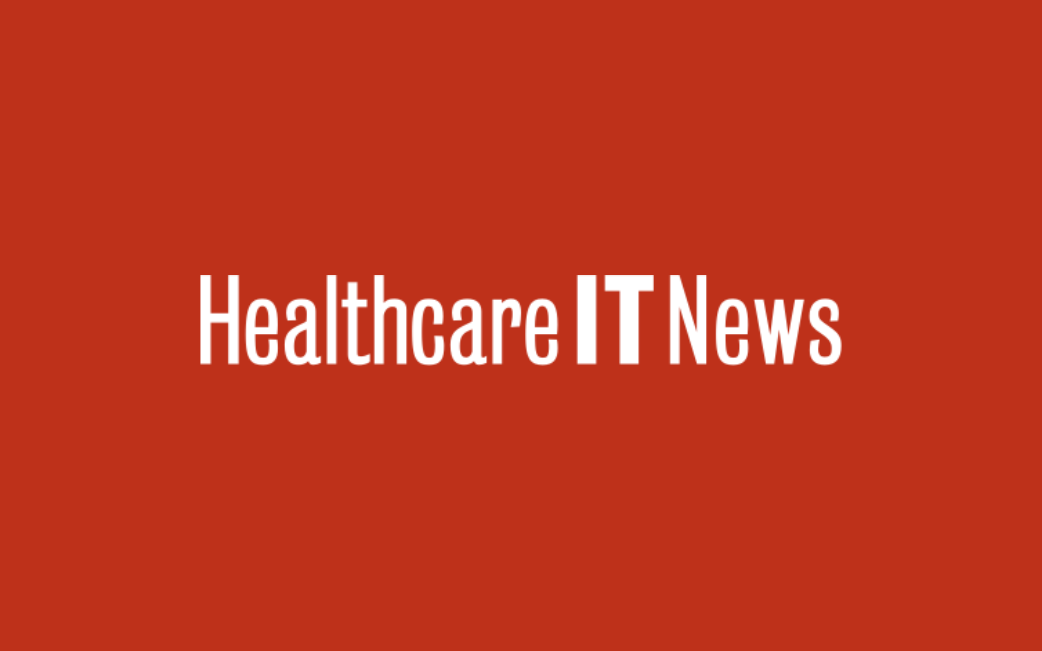Orem, UT, October 17, 2025 – Videra Health, a leading AI platform for behavioral health providers, today announced it was named to the 2025 Utah 100 Emerging Elite category, MountainWest Capital Network (MWCN)’s annual list of the fastest-growing companies in Utah.
Videra Health was honored at the 31st annual Utah 100 Awards program, held at the Grand America Hotel in Salt Lake City.
“We’re honored to be recognized among Utah’s Emerging Elite,” said Loren Larsen, CEO of Videra Health. “Utah’s innovation community has helped to fuel our growth and mission to make behavioral healthcare more proactive, accessible, and effective through AI. This
recognition affirms our commitment to improving patient outcomes and advancing care both locally and nationwide.”
“We congratulate all of this year’s Utah 100 companies for building outstanding businesses and making strong contributions to Utah’s economy,” said Chris Badger, Chairman of the MWCN Utah 100 committee. “These companies further advance Utah’s standing as an excellent place to do business.”
Recipients of the Utah 100 Emerging Elite were chosen as a Utah business with great prospects for future growth and success.
Videra Health’s rapid growth reflects its unique approach to behavioral healthcare, combining AI-driven insights with real-world clinical applications. The company has expanded its platform to serve a growing network of providers, helping them identify at-risk patients, optimize care workflows, and improve outcomes. By generating actionable patient data and insights at scale, Videra Health also creates opportunities for healthcare and pharmaceutical partners to better understand treatment patterns, support clinical decision-making, and enhance patient engagement. These measurable achievements align with the Utah 100 Emerging Elite’s focus on recognizing companies with strong growth potential and market impact.

About MountainWest Capital Network
MountainWest Capital Network (MWCN) is the largest business networking organization in Utah, consisting of entrepreneurs, venture capitalists, consultants, legal professionals, bankers, and educators. MWCN seeks to promote and recognize business growth and capital development in the state through a variety of award programs and activities.
About Videra Health™
Videra Health is a leading AI platform for behavioral health providers and proactively identifies, triages and monitors at-risk patients using linguistic, audio and video analysis. The FDA-registered digital platform transforms how doctors and healthcare systems interact and track a patient’s journey, illuminating the hidden depths of patient behavior and outcomes. Videra Health connects providers and patients anytime, anywhere, between visits and post-discharge via written and video assessments that translate into actionable quantitative and qualitative patient data. The platform streamlines diagnoses, enhances care accessibility, optimizes workflows and drives down costs for providers and healthcare systems.












